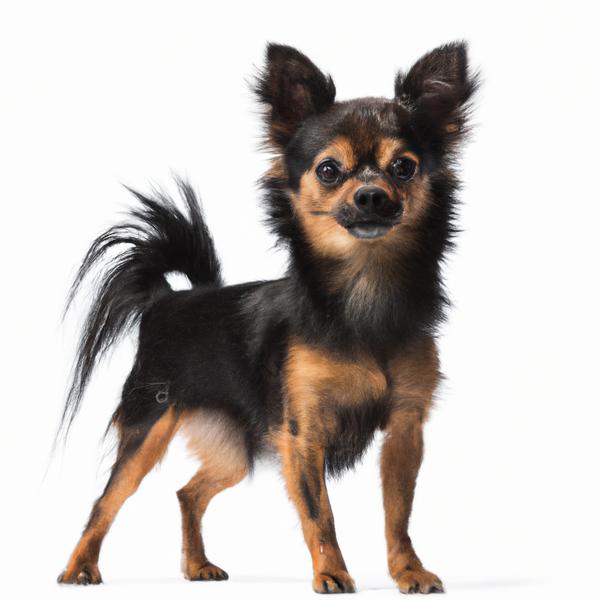Toy Pom Terrier vs. Ratese: Breed Differences and Similarities
Hypoallergenic
Are Toy Pom Terriers or Rateses hypoallergenic, or neither?
Unfortunately, neither Toy Pom Terrier nor Ratese are hypoallergenic, which may not make them the best choice for dog lovers who suffer from pet allergies.
Temperament
What are the personalities of Toy Pom Terrier and Ratese dogs?
Active
Playful
Alert
Intelligent
Friendly
Docile
Loyal
Lively
Sociable
Attentive
Trainable
Spirited
Extroverted
Active
Playful
Loving
Alert
Intelligent
Responsive
Docile
Affectionate
Lively
Gentle
Tempered
Sweet
Inquisitive
Easygoing
Shedding Level
Do Toy Pom Terriers shed more than Rateses, or which breed sheds more, Toy Pom Terriers or Rateses?
Toy Pom Terrier or Ratese dogs are not heavy shedders, but they will lose a significant amount of hair each year. To decrease the amount of shedding, you can regularly brush your Toy Pom Terrier or Ratese. This will remove loose hair and keep their coat growing in the same direction.
Ancestry
What are the origins of Toy Pom Terrier and Ratese breeds?
Pomeranian and Toy Fox Terrier
American Rat Terrier and Maltese
Breed recognition
Which kennel clubs recognize/register Toy Pom Terrier and Ratese?
ACHC = American Canine Hybrid Club
DBR = Designer Breed Registry
DDKC = Designer Dogs Kennel Club
DRA = Dog Registry of America, Inc.
ACHC = American Canine Hybrid Club
DDKC = Designer Dogs Kennel Club
IDCR = International Designer Canine Registry®
Date of Birth
When were Toy Pom Terrier and Ratese breeds first developed?
Unknown
1990s
Eye Color Possibilites
What are the eye colors of Toy Pom Terrier and Ratese dogs?
Blue
Hazel
Brown
Amber
Blue
Hazel
Brown
Nose Color Possibilites
What are the natural nose colors of Toy Pom Terrier and Ratese?
Black
Brown
Isabella
Black
Coat Color Possibilites
What are the natural colors of the coat for Toy Pom Terrier and Ratese breeds?
Black
Gray
Brown
Red
Cream
Fawn
White
Pied
Sable
Black
Brown
Red
Cream
Fawn
Blue
Silver
White
Pied
Sable
Brindle
Coat Length
What is the typical coat length for Toy Pom Terrier and Ratese breeds?
The coat of Toy Pom Terrier and Ratese dogs is longer than that of the typical dog.
Coat Density
What is the density of the coat of Toy Pom Terrier and Ratese?
Coat Texture
What is the hair texture of Toy Pom Terrier and Ratese?
Straight
Litter Size
What is the usual litter size for Toy Pom Terrier and Ratese?
A Toy Pom Terrier can have a litter of 2-5 puppies on average. However, it's worth noting that the size of the litters can vary greatly. Factors that can influence litter size include the health of the mother, breeding history, and genetics.
A Ratese can have a litter of 5-7 puppies on average. However, it's worth noting that the size of the litters can vary greatly. Factors that can influence litter size include the health of the mother, breeding history, and genetics.
Adaptability
Toy Pom Terrier and Rateses are known for their adaptability and versatility. They are capable of adapting well to a wide range of lifestyle changes and living environments, making them great companions for families and individuals of all lifestyles.
Health Issues
Between Toy Pom Terrier and Ratese, which breed is more prone to health problems?
Toy Pom Terrier and Ratese breeds are generally considered to be healthy. However, like all breeds, they are susceptible to certain health issues and it is important to keep an eye out for them and address them with your veterinarian as needed.
Major Concerns
What are the major health concerns for Toy Pom Terrier and Ratese breeds?
Patellar Luxation
Early Tooth Loss
Demodactic Mange
Patellar Luxation
Hip And Elbow Dysplasia
Patent Ductus Arteriosis (PDA)
Minor Concerns
What minor health issues should be kept in mind when owning Toy Pom Terrier and Ratese?
Cataracts
Skin Allergies
Demodectic Mange
Dental Disease
Color Dilution Alopecia
Occasional Tests
What occasional tests are recommended for Toy Pom Terrier and Ratese breeds?
Knee
Eye Examinations
Allergy Testing
Eye Examination
Dental Examination
Blood And Urine Analysis
Complete Physical Examination
Diagnostic Imaging
Electromyography (EMG)
DNA
Social Needs
Toy Pom Terrier vs Ratese social needs comparison
Toy Pom Terrier and Ratese have very high social needs. These needs include regular mental and physical stimulation, a job or purpose, and companionship. They thrive in environments where they have a lot of interaction with humans and other dogs.
Sleeping Need
Which of the two sleeps the most/least: Toy Pom Terrier or Ratese?
Toy Pom Terrier and Ratese dogs tend to sleep less than some other breeds, but it's still important for them to get adequate sleep in order to maintain good health.
Mouthiness
Mouthiness Comparison: Toy Pom Terrier vs Ratese?
Roaming urge
Toy Pom Terrier vs Labrador: Running away tendency?
Prey Drive
Toy Pom Terrier or Ratese - which breed has a higher level of prey drive?
Activity Level
Which breed has higher energy, Toy Pom Terriers or Rateses?
Toy Pom Terriers are medium-energy dogs and typically enjoy socializing and playing casual or even sustained games of chase with other dogs. They may also have occasional periods of barking or racing around the house.
Rateses are high-energy dogs. They need mental as well as physical exercise. These dogs require a lot of your involvement and without it they can, and will, become problematic dogs.
Tolerance of being left alone
Walks per Week
How many miles should Toy Pom Terrier or Ratese walk each week?
There's really no limit to how far you walk your dog as long as they're comfortable. For Toy Pom Terrier, it's at least 5 miles / week. Just remember to build distance and stamina gradually over time.
There's really no limit to how far you walk your dog as long as they're comfortable. For Ratese, it's at least 10 miles / week. Just remember to build distance and stamina gradually over time.
Activity per Day
Do Toy Pom Terriers or Rateses require more exercise?
In general most Toy Pom Terriers usually need at least 30 minutes of exercise daily. This can be spread across the day and include all sorts of high-energy activities, like walking, running and playing.
In general most Rateses usually need at least 90 minutes of exercise daily. This can be spread across the day and include all sorts of high-energy activities, like walking, running and playing.
Grooming
Which breed is easier to maintain in terms of grooming, Toy Pom Terriers or Rateses?
Toy Pom Terrier and Ratese are breeds of dogs that are known for their low grooming needs.
Brushing Frequency
What is the recommended brushing frequency for Toy Pom Terrier and Ratese dogs?
Toy Pom Terrier should be brushed at least once a week. Of course you can give them more frequent brushes if you find that they are still shedding a lot
Ideally, Ratese should be brushed at least 2 or 3 times a week (preferably daily) improve shedding.
Brushing Tools
What brushing tools are used for Toy Pom Terriers and Rateses?
Pin Brush
Comb
Deshedder
Nail Clipper
Pin Brush
Dematter
Comb
Nail Clipper
Cups
How much food should be given to Toy Pom Terrier or Ratese in cups?
Toy Pom Terrier and Ratese share the same recommended daily food intake of 1 cups, although the appropriate quantity may vary depending on the quality and nutritional content of their food.
Daily Cost
Which breed has a higher daily cost, Toy Pom Terrier or Ratese?
The average cost of a Toy Pom Terrier is somewhere $1.00 - $1.40 per day.
The average cost of a Ratese is somewhere $1.10 - $1.40 per day.
Monthly Cost
Which breed has a higher monthly cost, Toy Pom Terrier or Ratese?
When it comes to monthly expenses, both Toy Pom Terrier and Ratese have a similar average cost, ranging from $28 - $42. This results in an average yearly cost of around $336 - $504.
Sensitivity Level
How do Toy Pom Terrier and Ratese compare in sensitivity?
These breeds are more sensitive than others and easily overwhelmed by new surroundings and people. Toy Pom Terrier and Ratese need gentle handling and a calm, stable home environment with positive reinforcement training.
Apartment Friendly
Which breed is more apartment-friendly: Toy Pom Terrier or Ratese?
Toy Pom Terriers and Rateses are known for being excellent apartment dogs. They are fairly active indoors and will do okay without a yard.
Child Friendly
Do Toy Pom Terriers or Rateses have a friendlier temperament towards children?
Toy Pom Terriers are not the best choice for families with kids.
Rateses make excellent family pets for kids due to their gentle, protective nature and calm temperament.
Senior-friendly
Which dog is more suitable as a pet for the elderly - Toy Pom Terrier or Ratese?
Cat Friendly
Do Toy Pom Terrier or Ratese breeds have a better compatibility with cats?
Toy Pom Terriers and Rateses are very cat friendly dogs. They generally make good companions for cats.
Dog Friendly
Which breed is more sociable with other dogs: Toy Pom Terrier or Ratese?
Toy Pom Terriers are average in their friendliness towards other dogs, and socialization can help.
Rateses are generally very friendly towards other dogs, with a happy and affectionate temperament.
Pet friendly
How do Toy Pom Terrier or Ratese dogs interact with other pets?
Stranger Friendly
Which breed is more friendly with strangers: Toy Pom Terrier or Ratese?
Toy Pom Terriers are averagely friendly around strangers but benefit from early socialisation.
Rateses are highly friendly around strangers.
Playfulness
Which breed is more playful between Toy Pom Terrier and Ratese?
Toy Pom Terriers are a playful breed that needs daily playtime to be happy.
Rateses have an average level of playfulness, enjoying playtime like most dogs but not excessively so.
Trainability
How do the trainability levels of Toy Pom Terriers and Rateses compare?
Toy Pom Terriers are popular for their ease of training and quick learning ability.
Rateses are usually easy to train but require consistency to fully obey commands.
Compare Toy Pom Terrier with other breeds
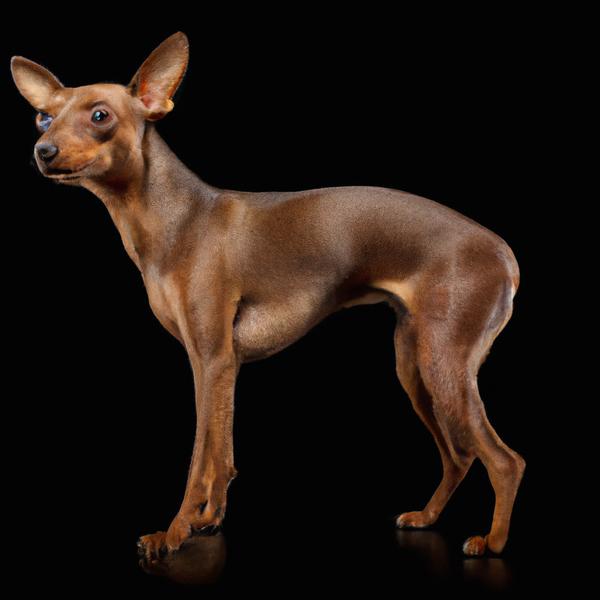
Ratese
Toy Pom Terrier vs Ratese
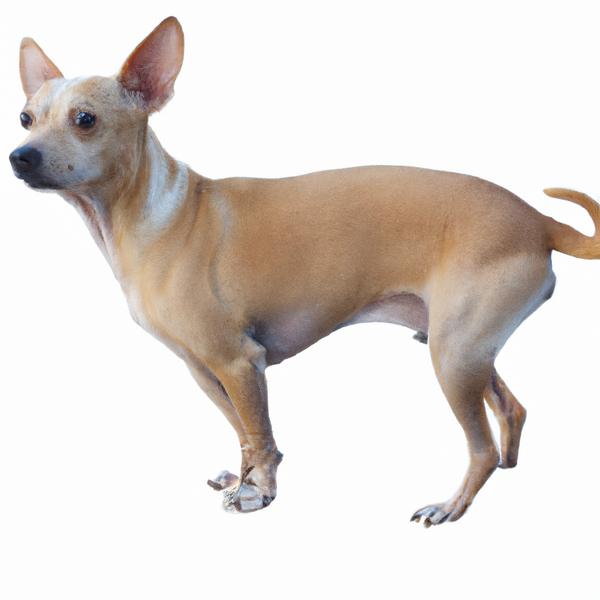
Rat-Cha
Toy Pom Terrier vs Rat-Cha
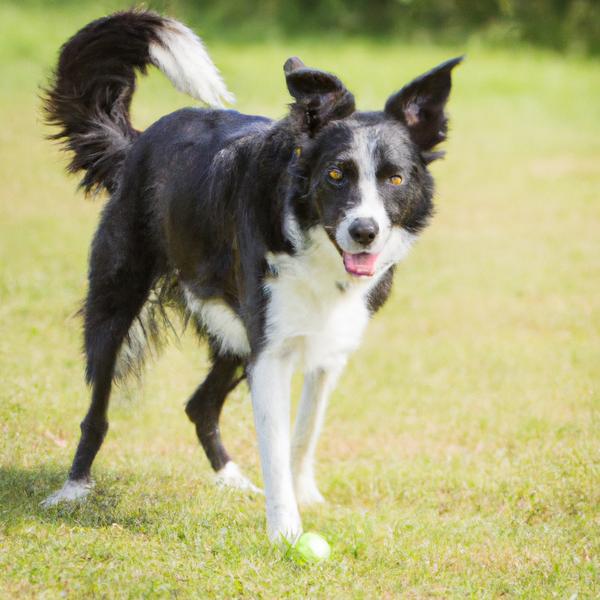
Standard Border Schnollie
Toy Pom Terrier vs Standard Border Schnollie
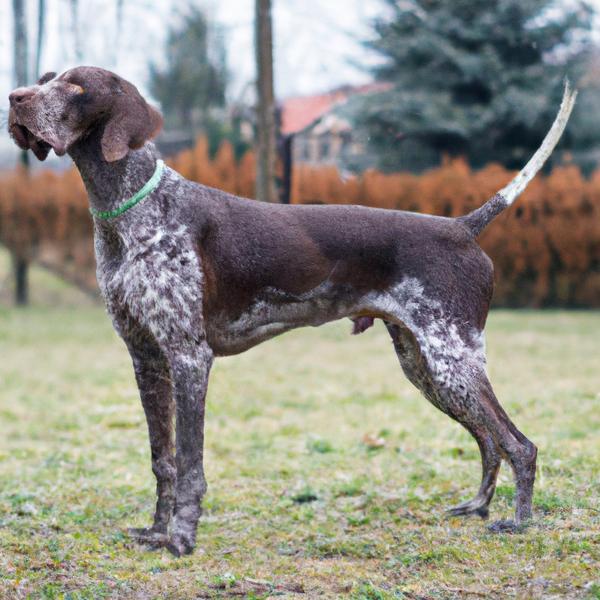
German Pointeraner
Toy Pom Terrier vs German Pointeraner
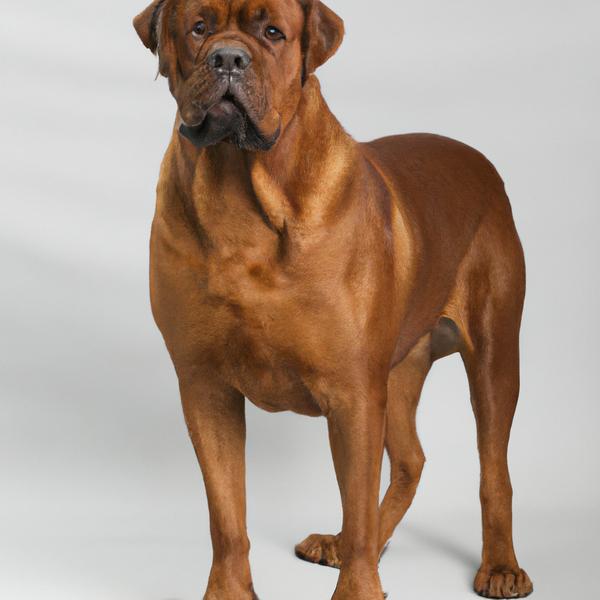
Dogue Brasileiro
Toy Pom Terrier vs Dogue Brasileiro
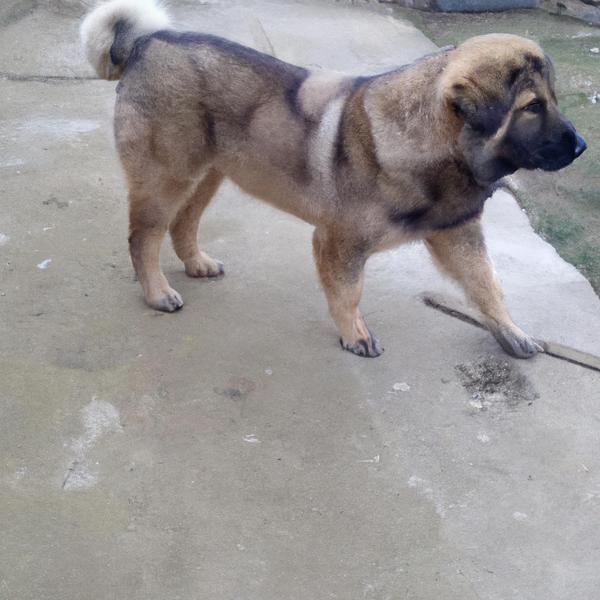
Pughasa
Toy Pom Terrier vs Pughasa
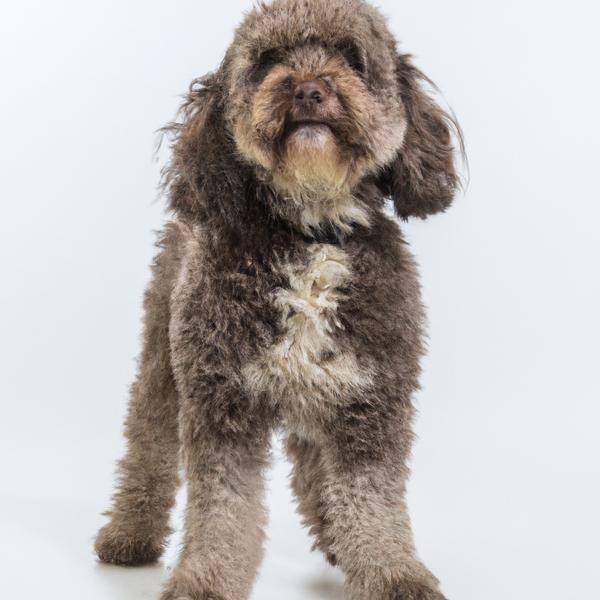
Chesa-Poo
Toy Pom Terrier vs Chesa-Poo
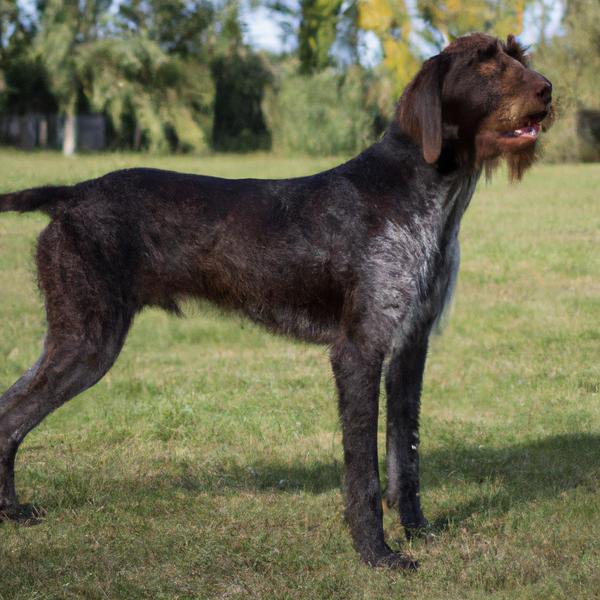
German Wirehaired Pointer
Toy Pom Terrier vs German Wirehaired Pointer
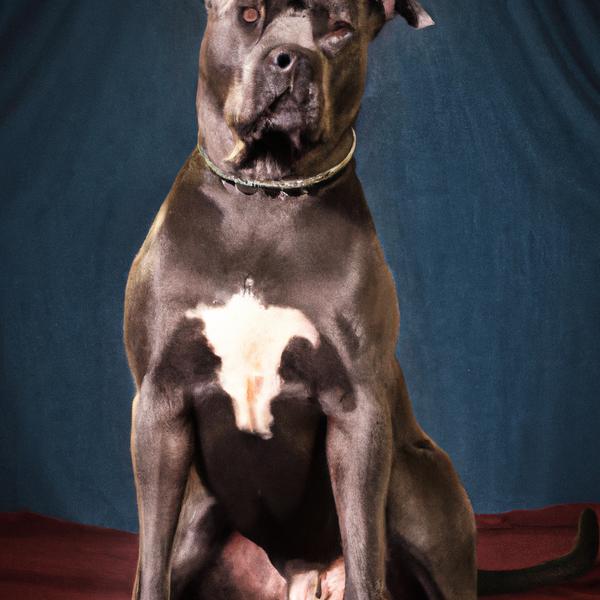
American Pit Corso
Toy Pom Terrier vs American Pit Corso
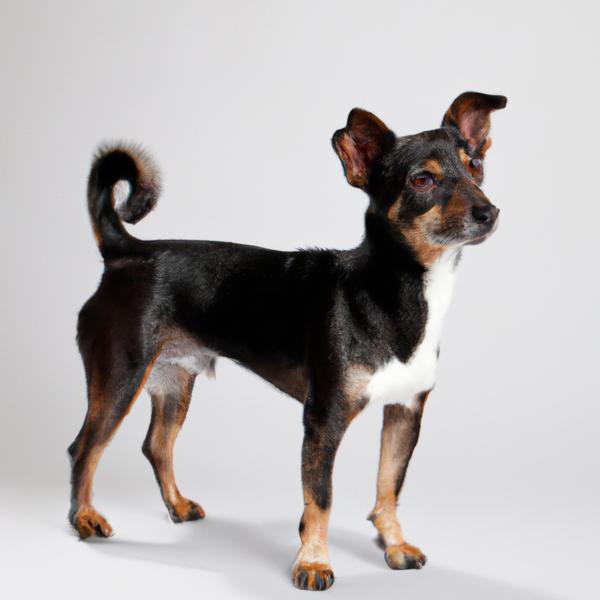
Japeke
Toy Pom Terrier vs Japeke
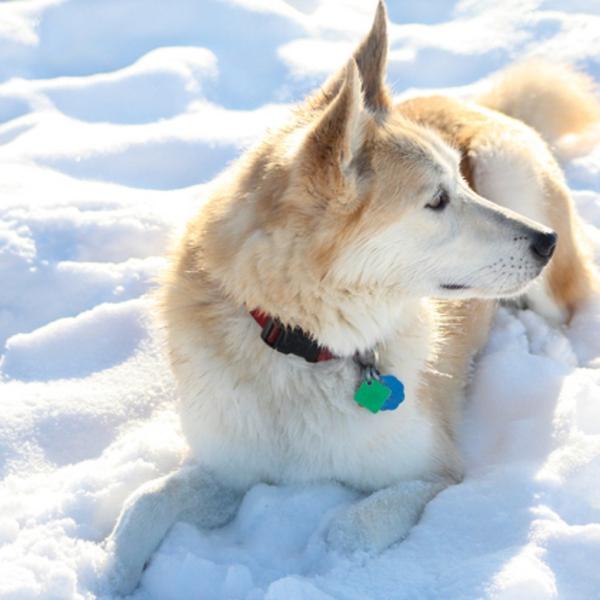
Labrador Husky
Toy Pom Terrier vs Labrador Husky
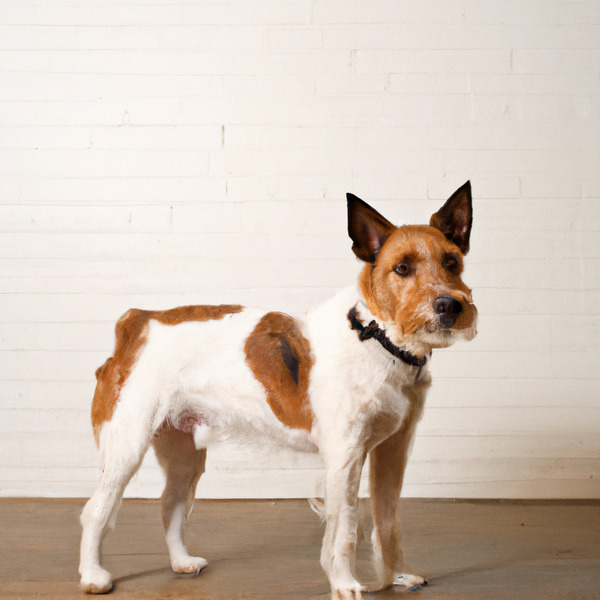
Teddy Roosevelt Terrier
Toy Pom Terrier vs Teddy Roosevelt Terrier
